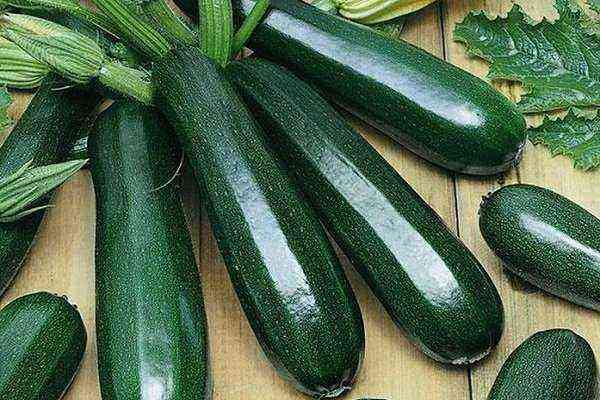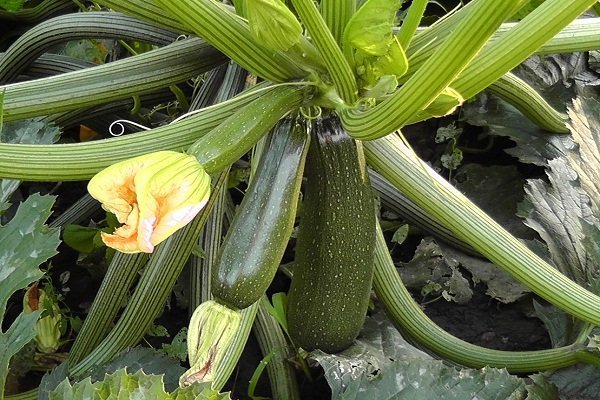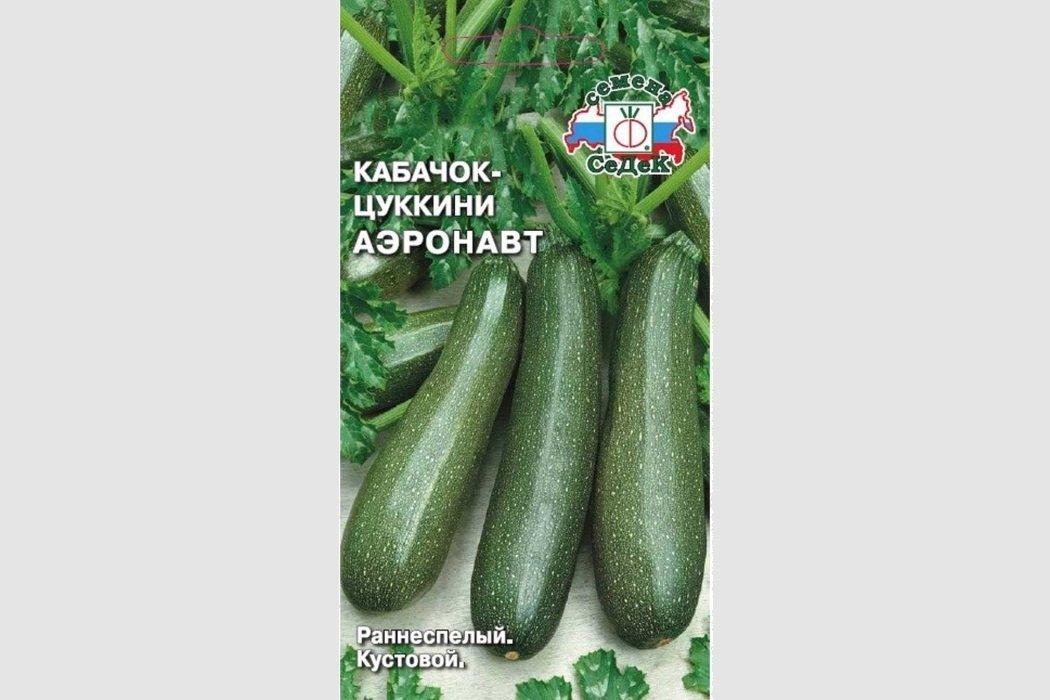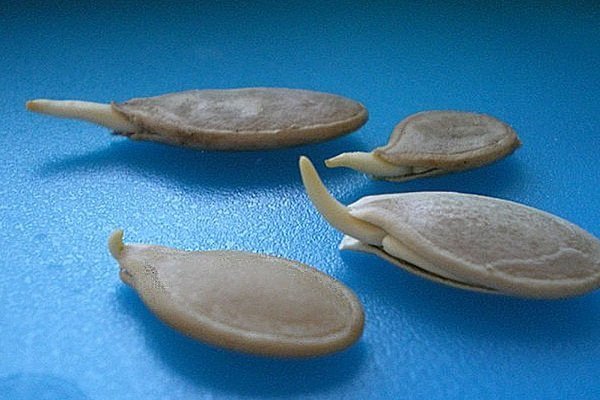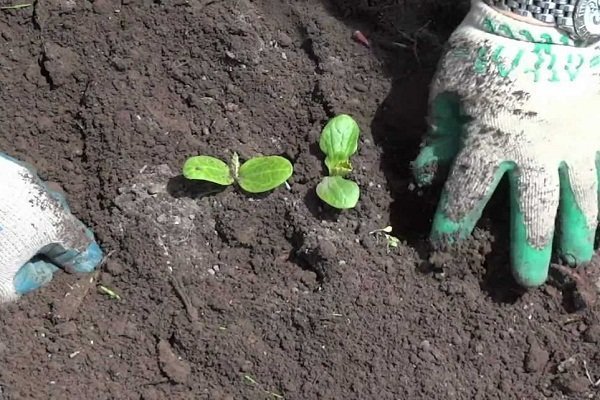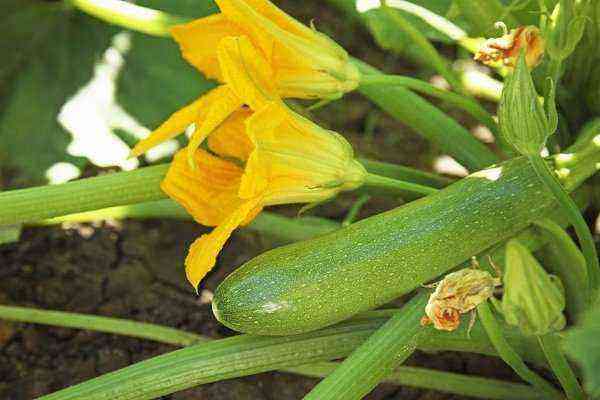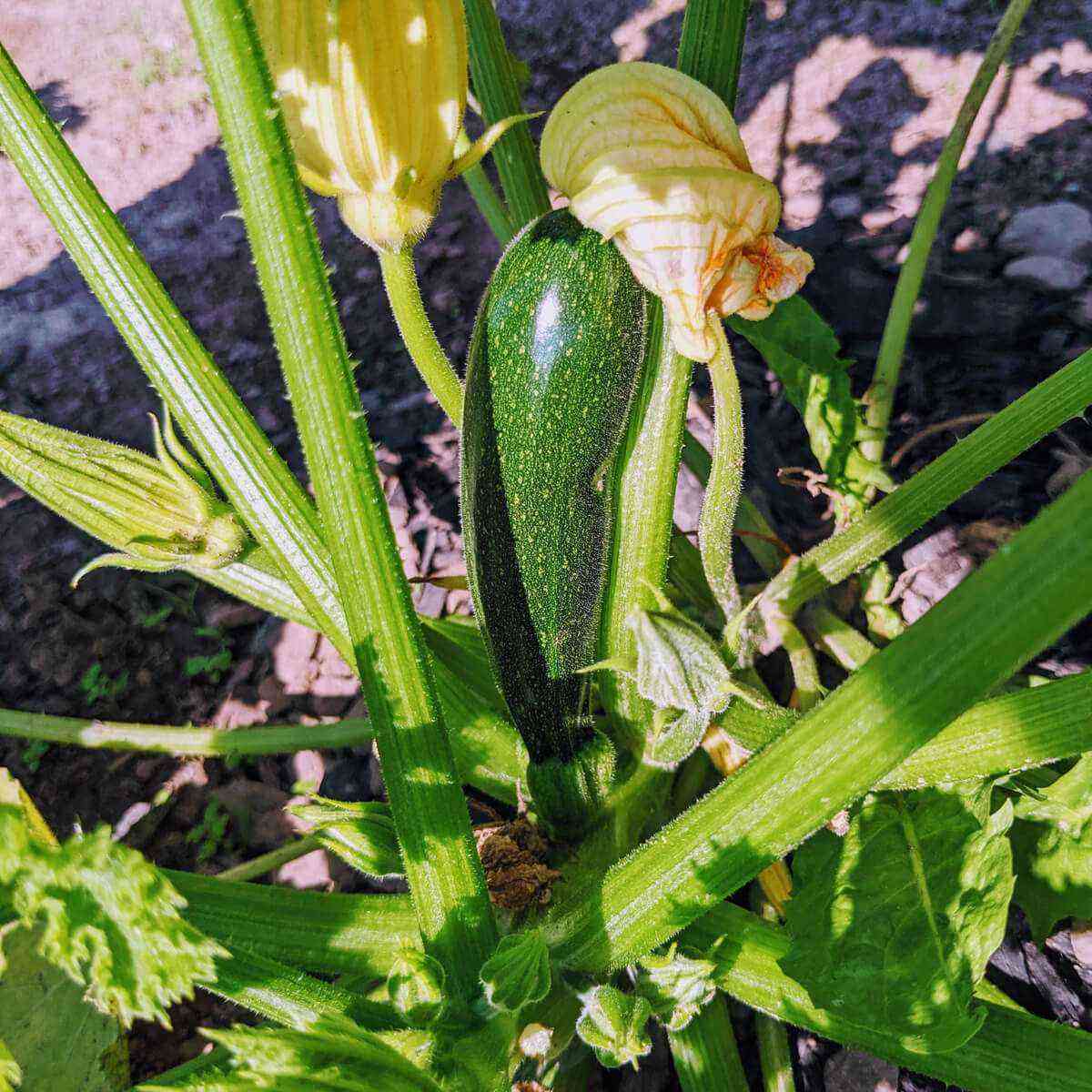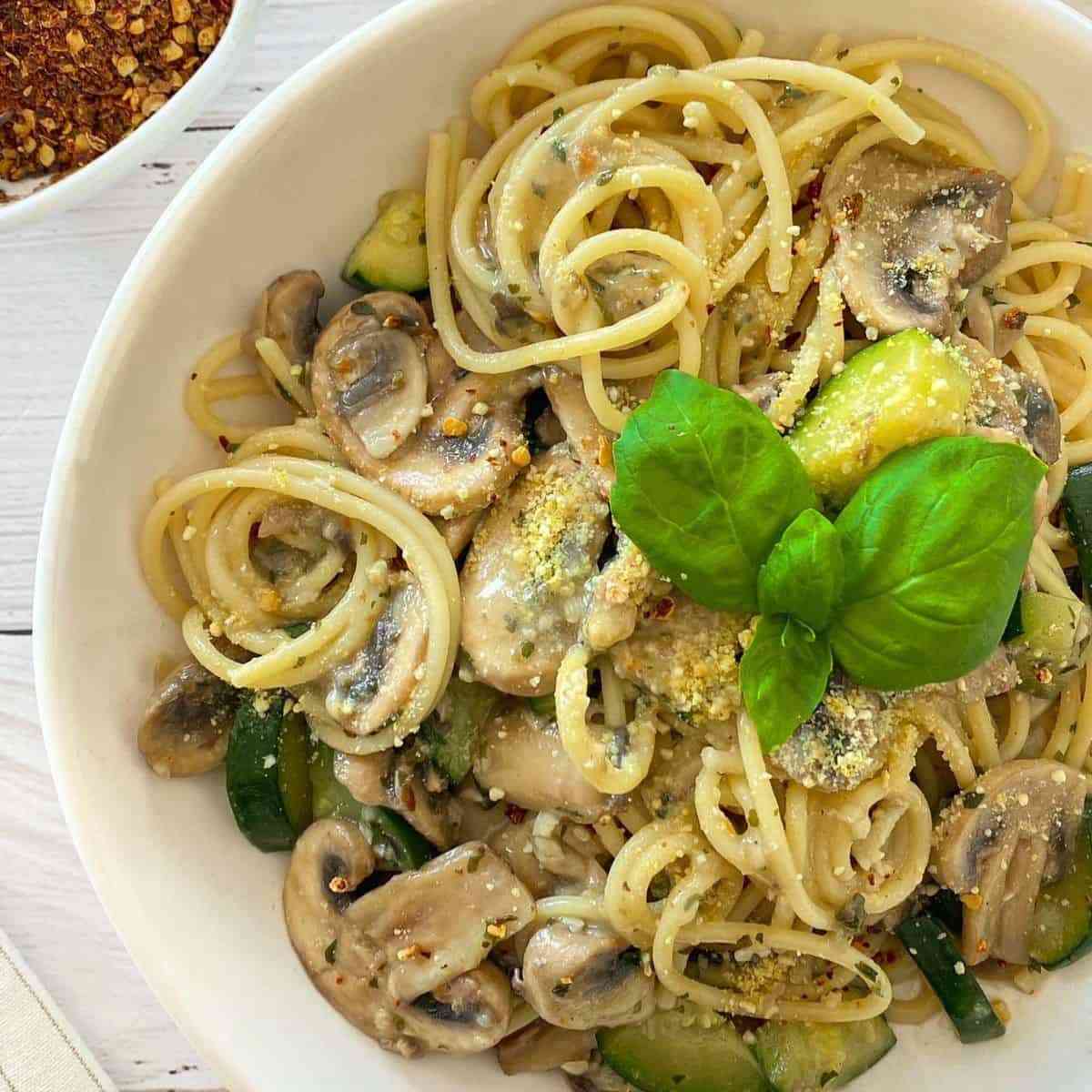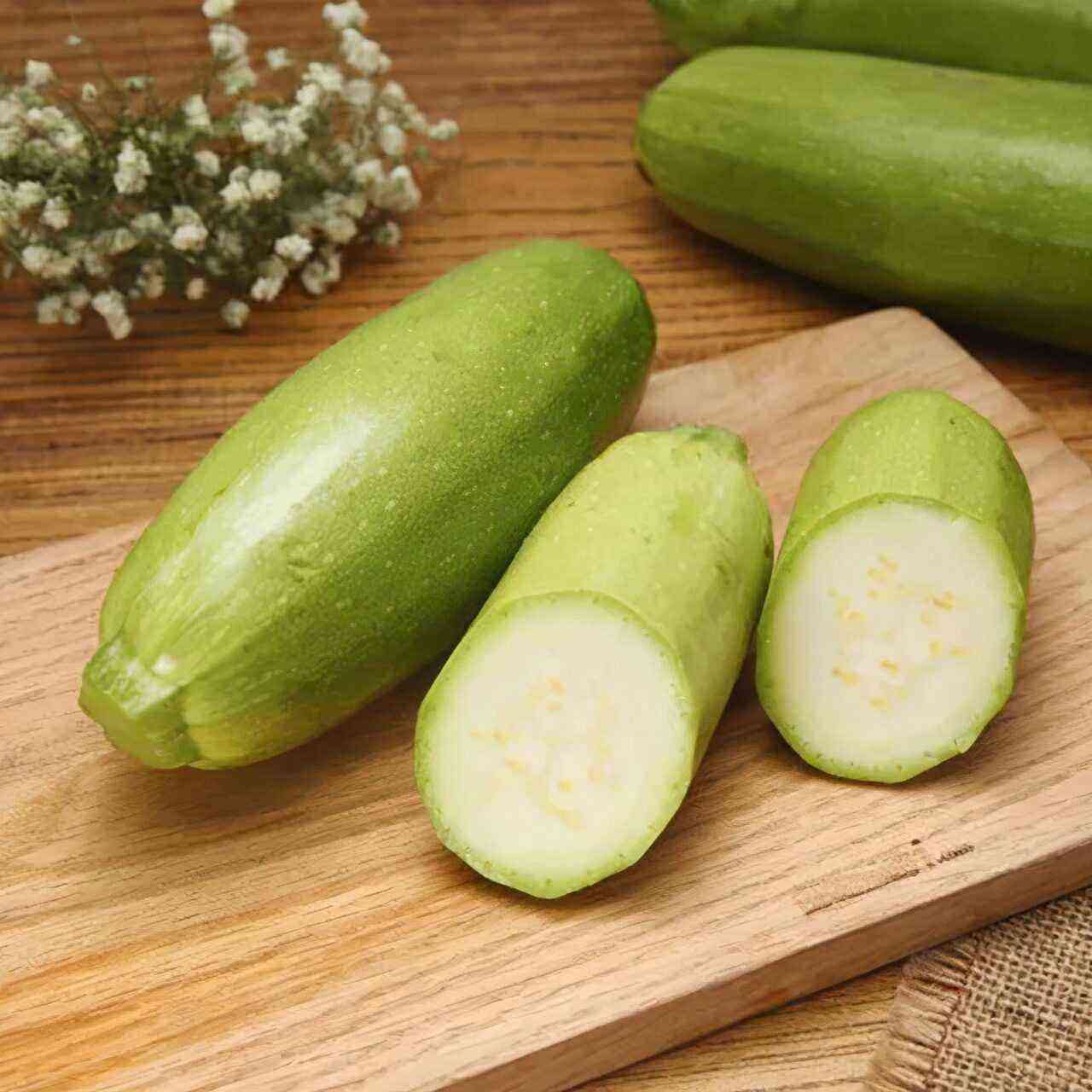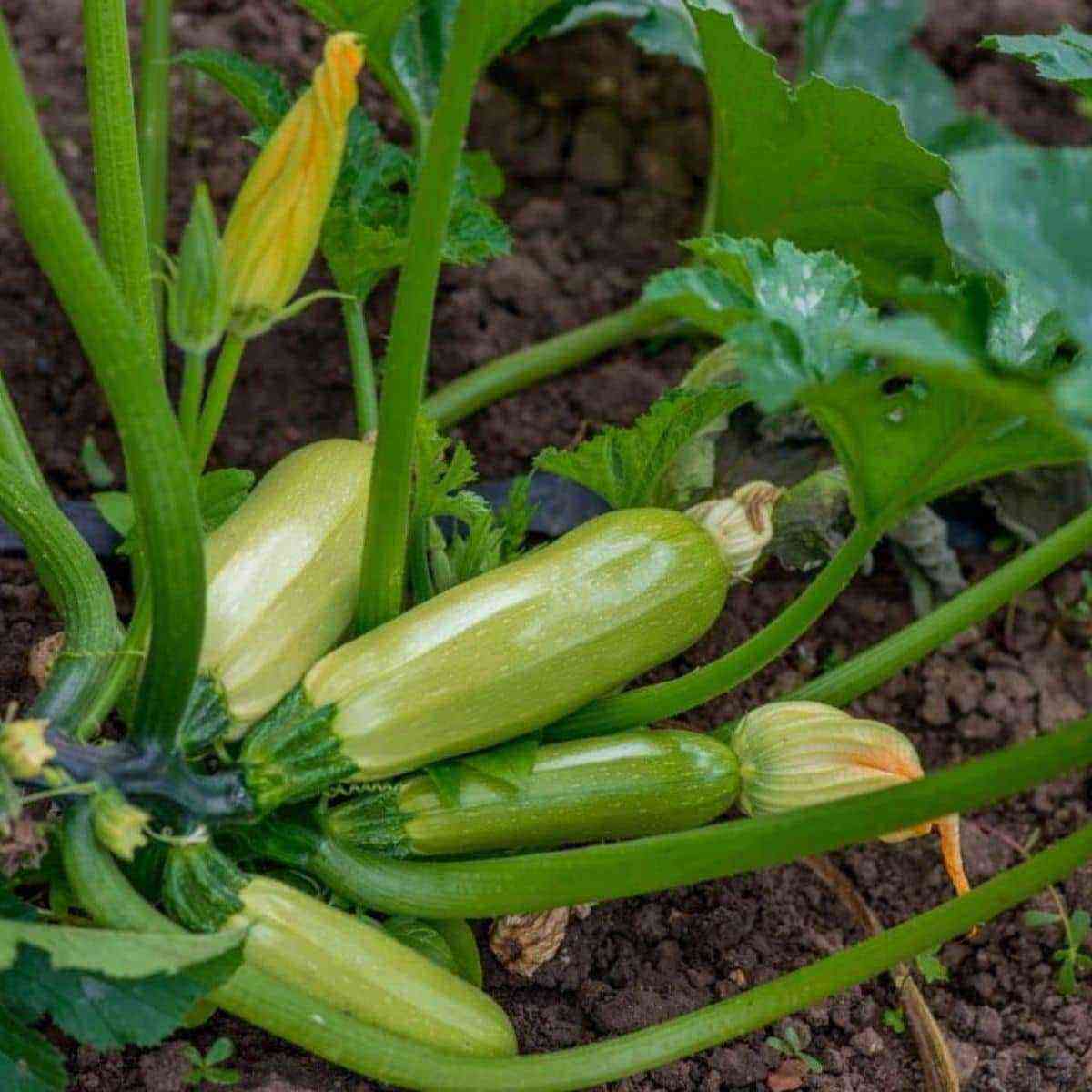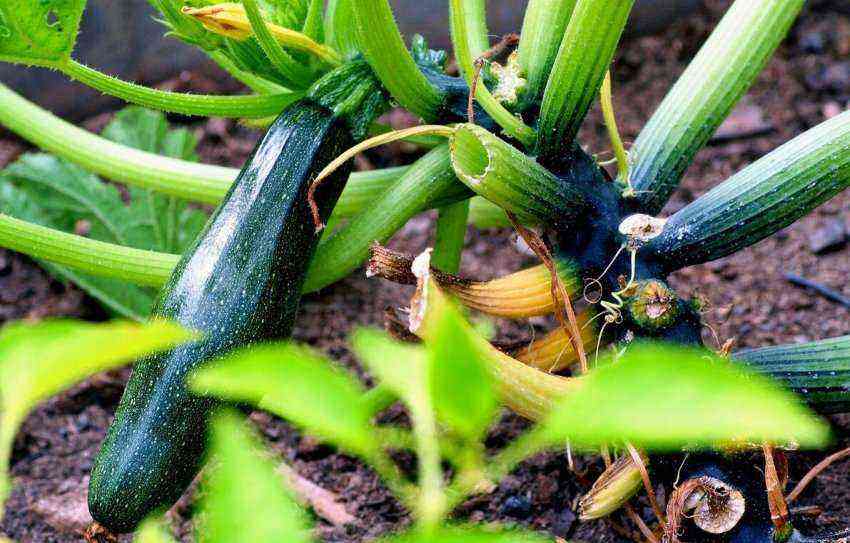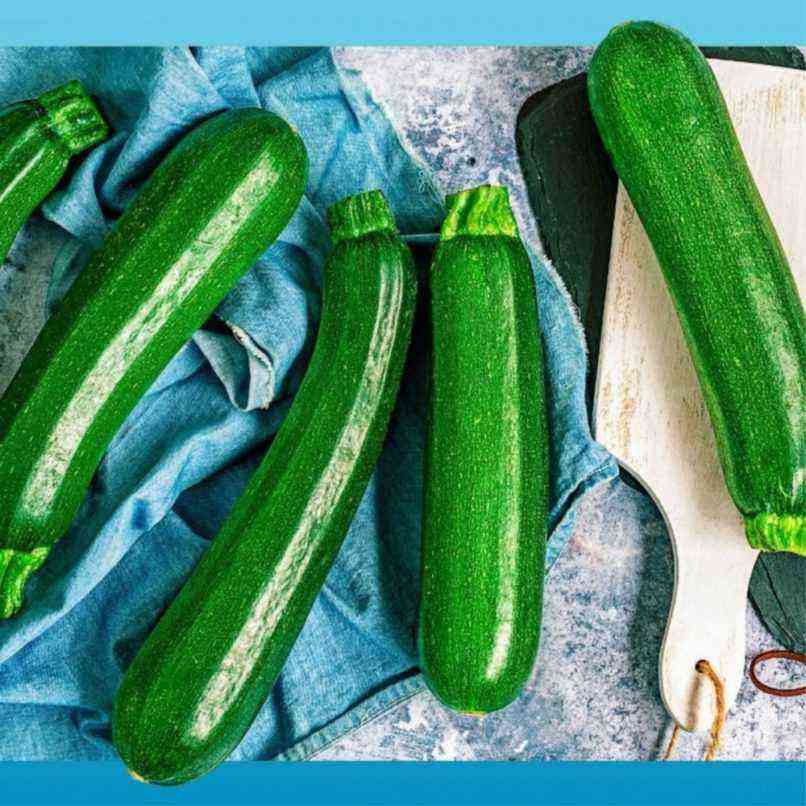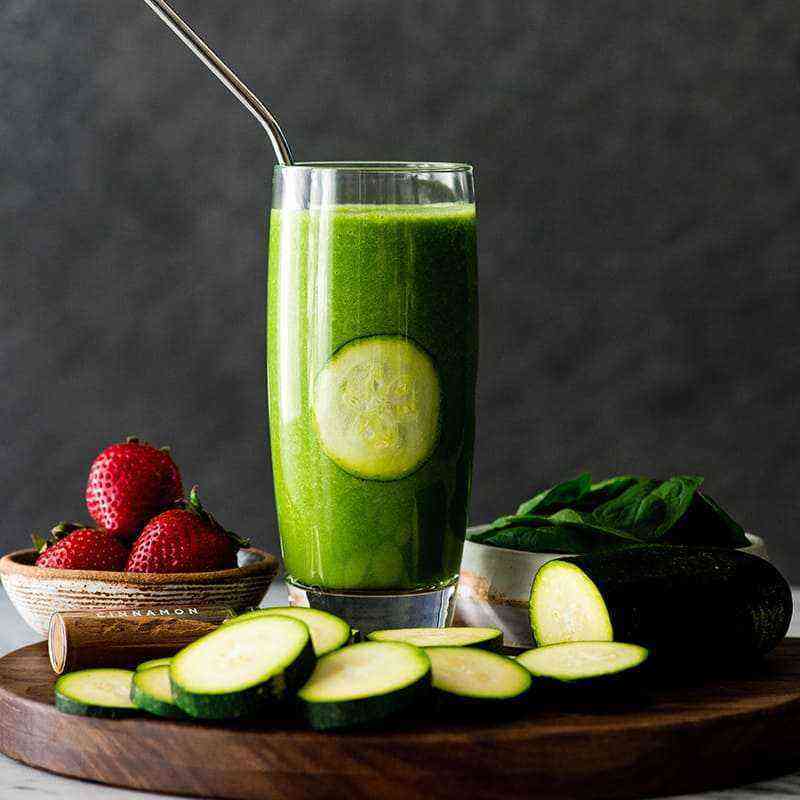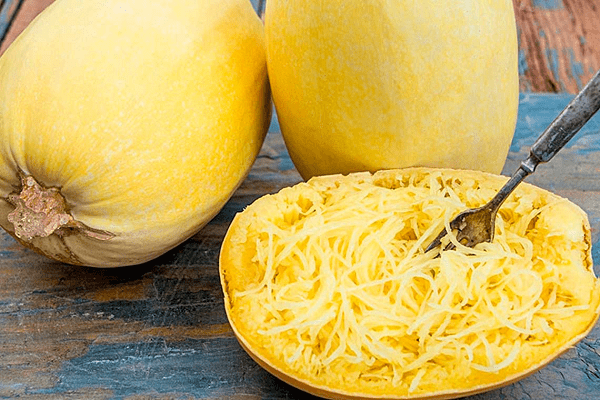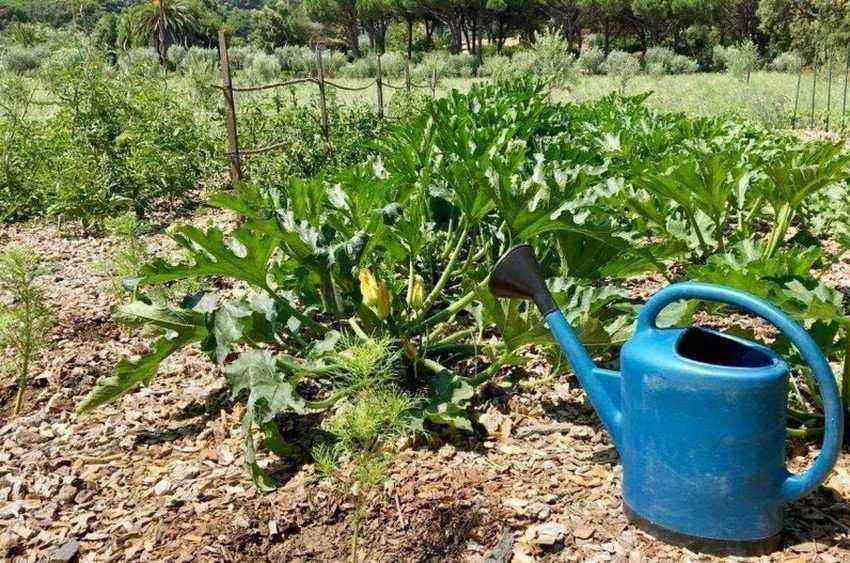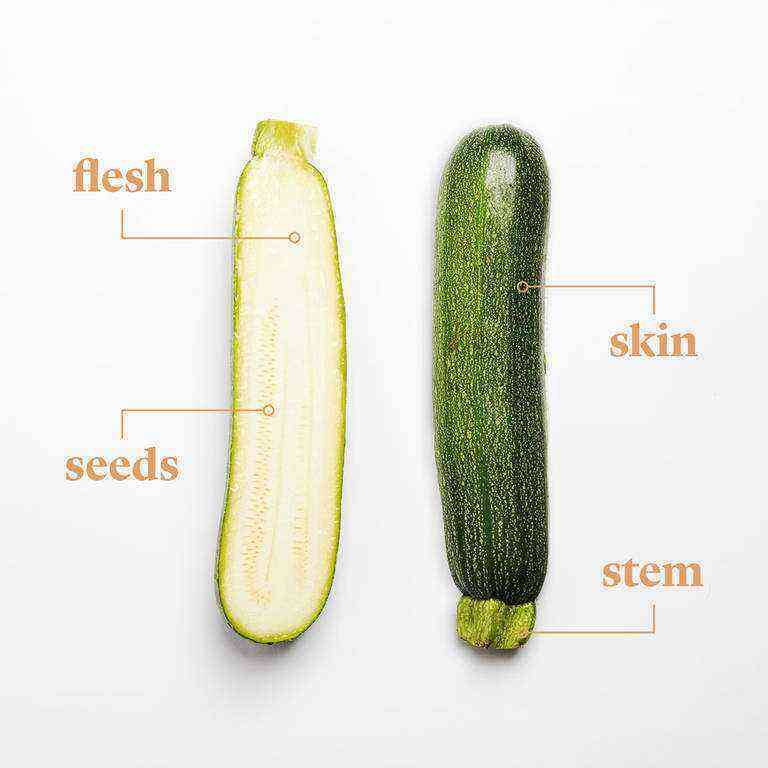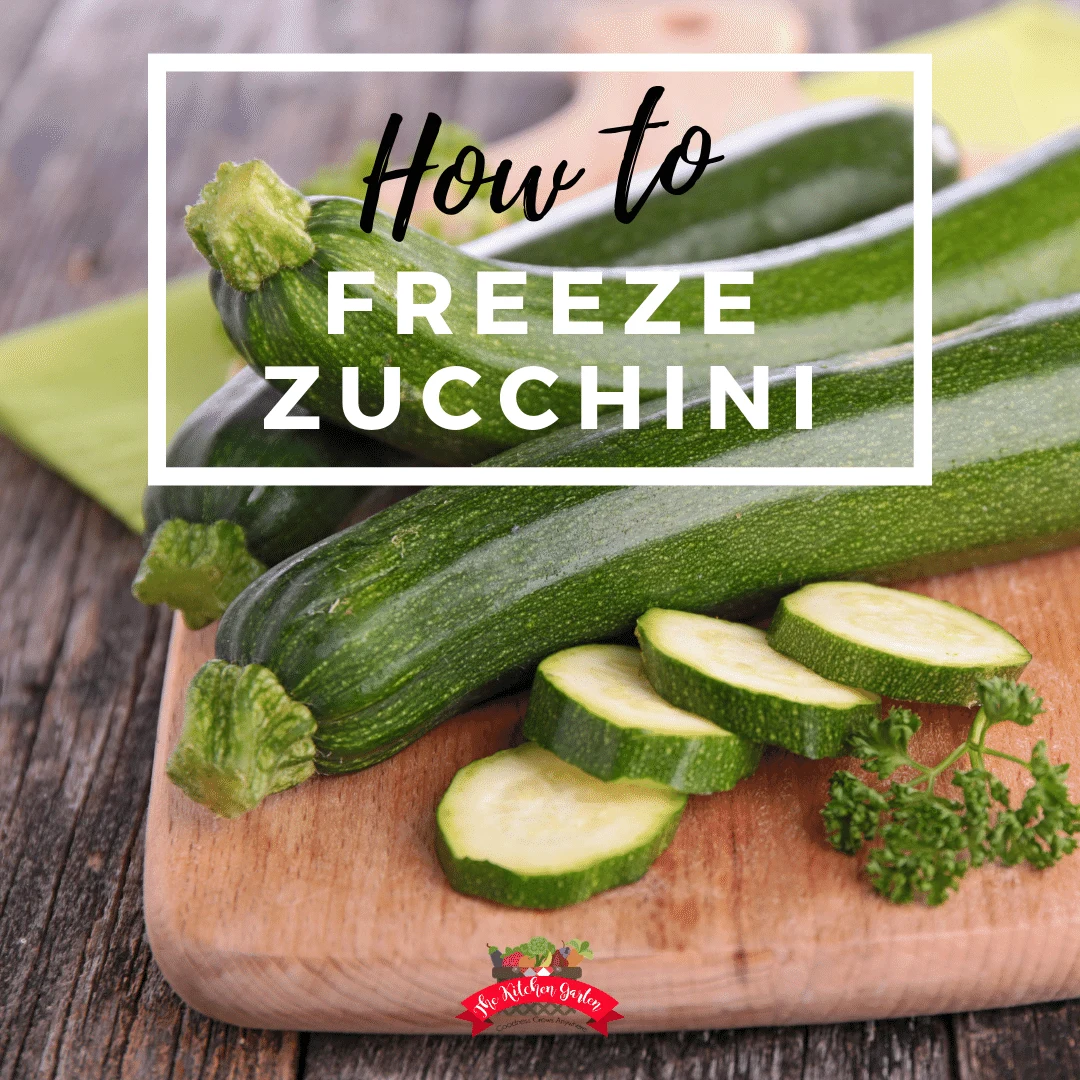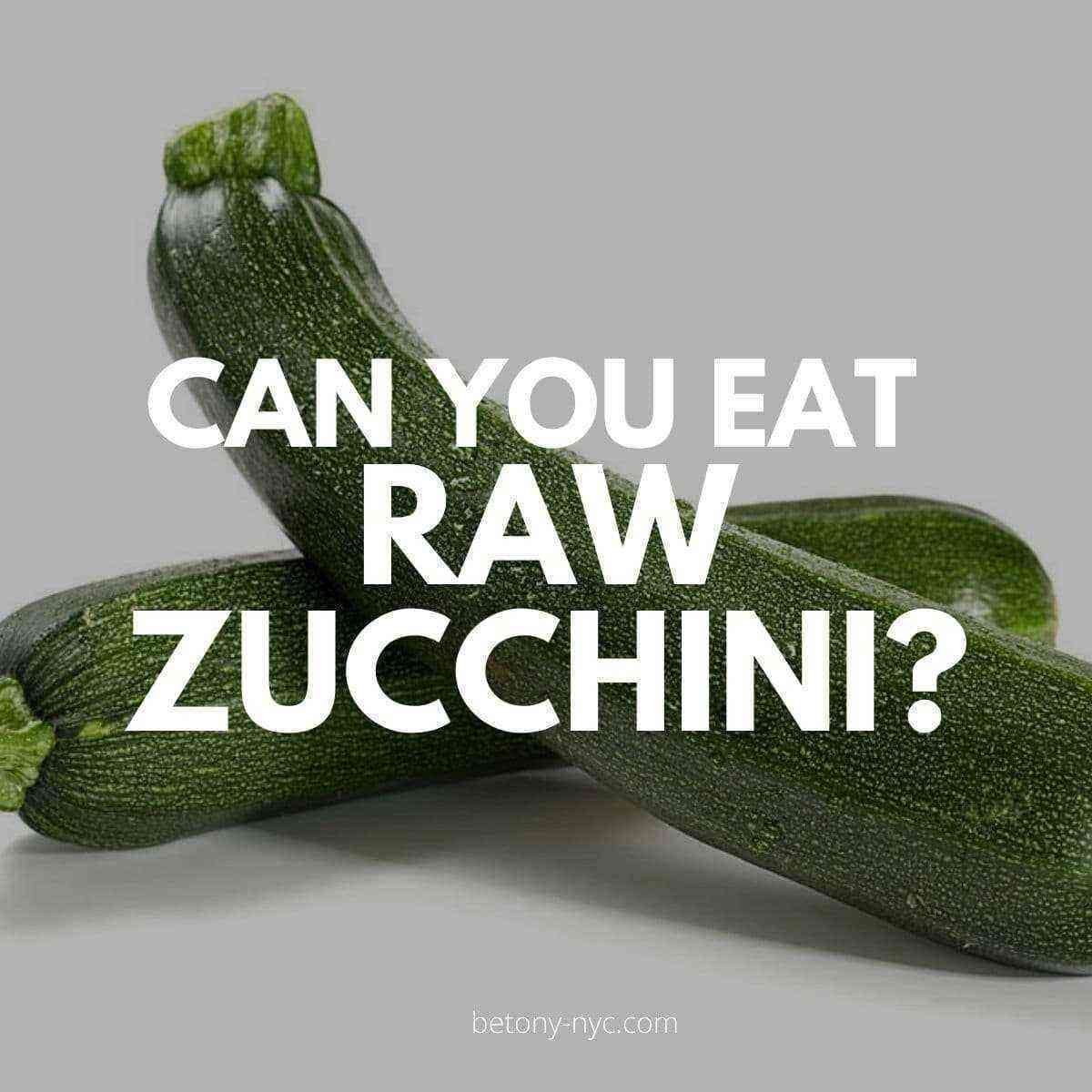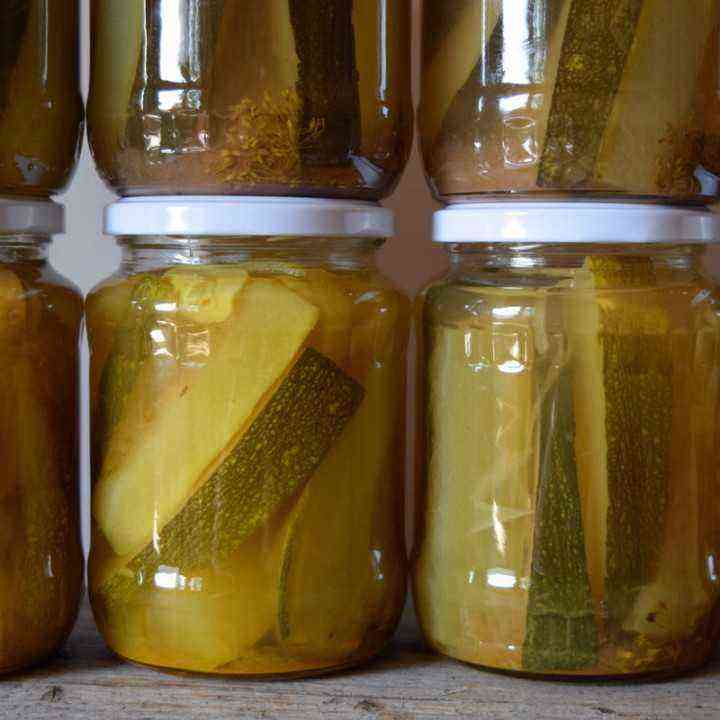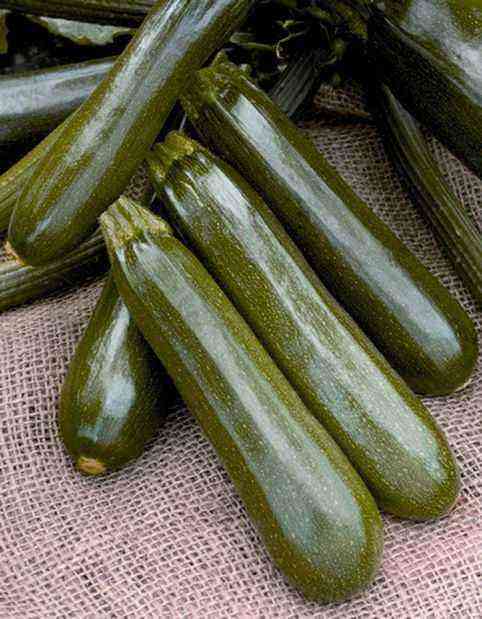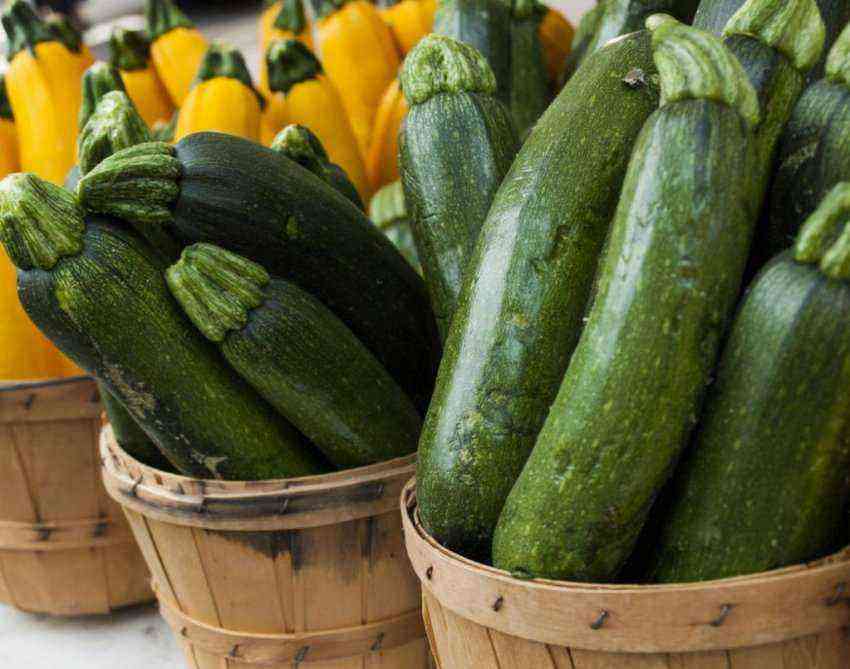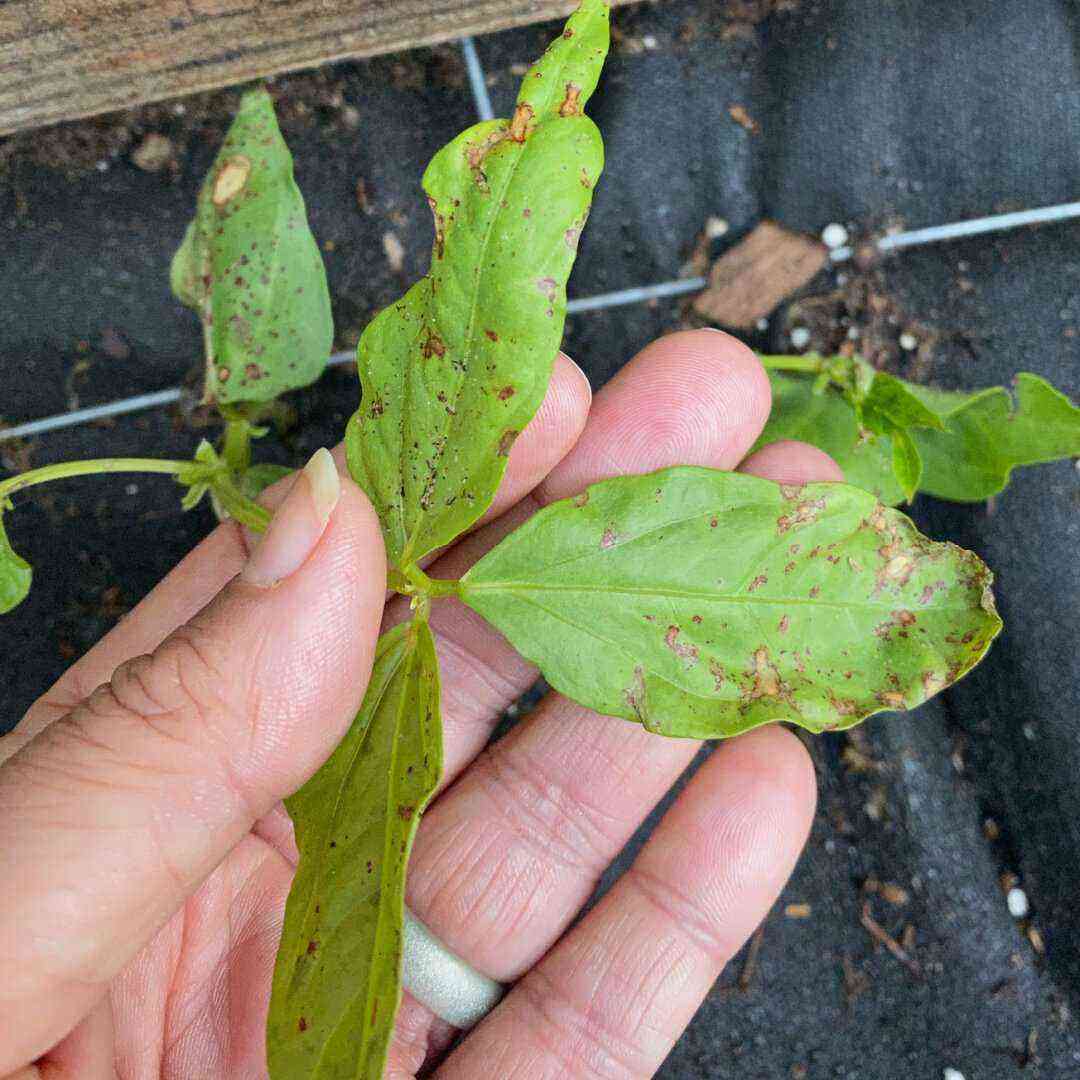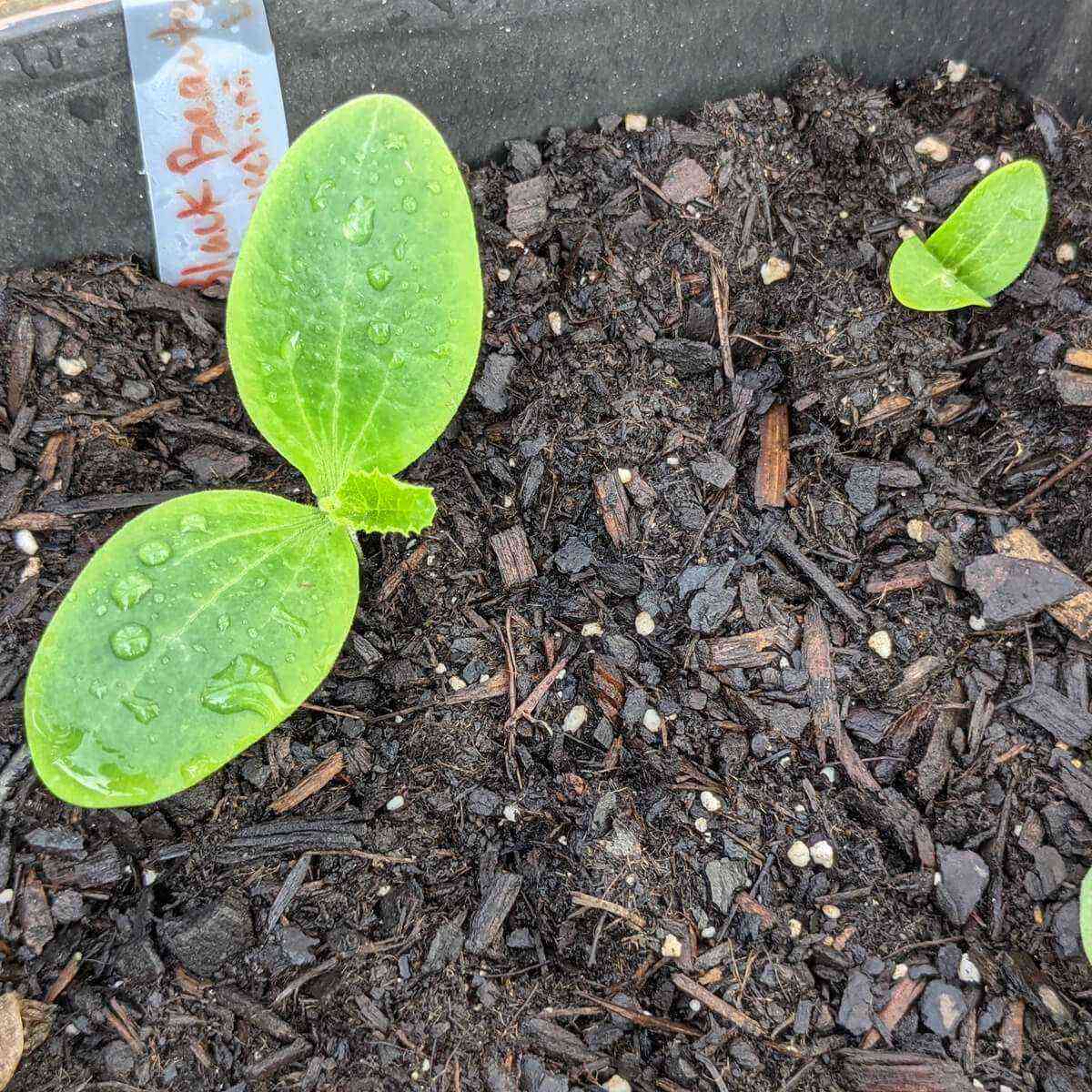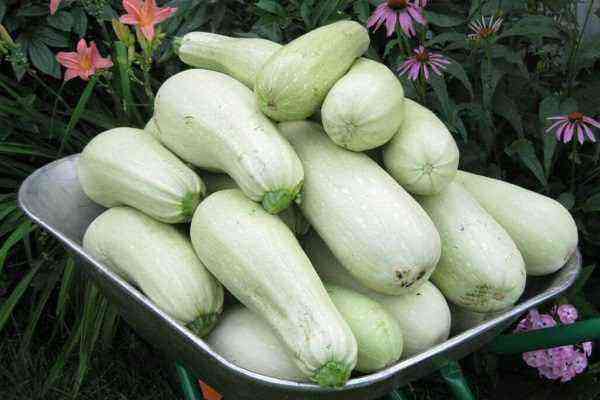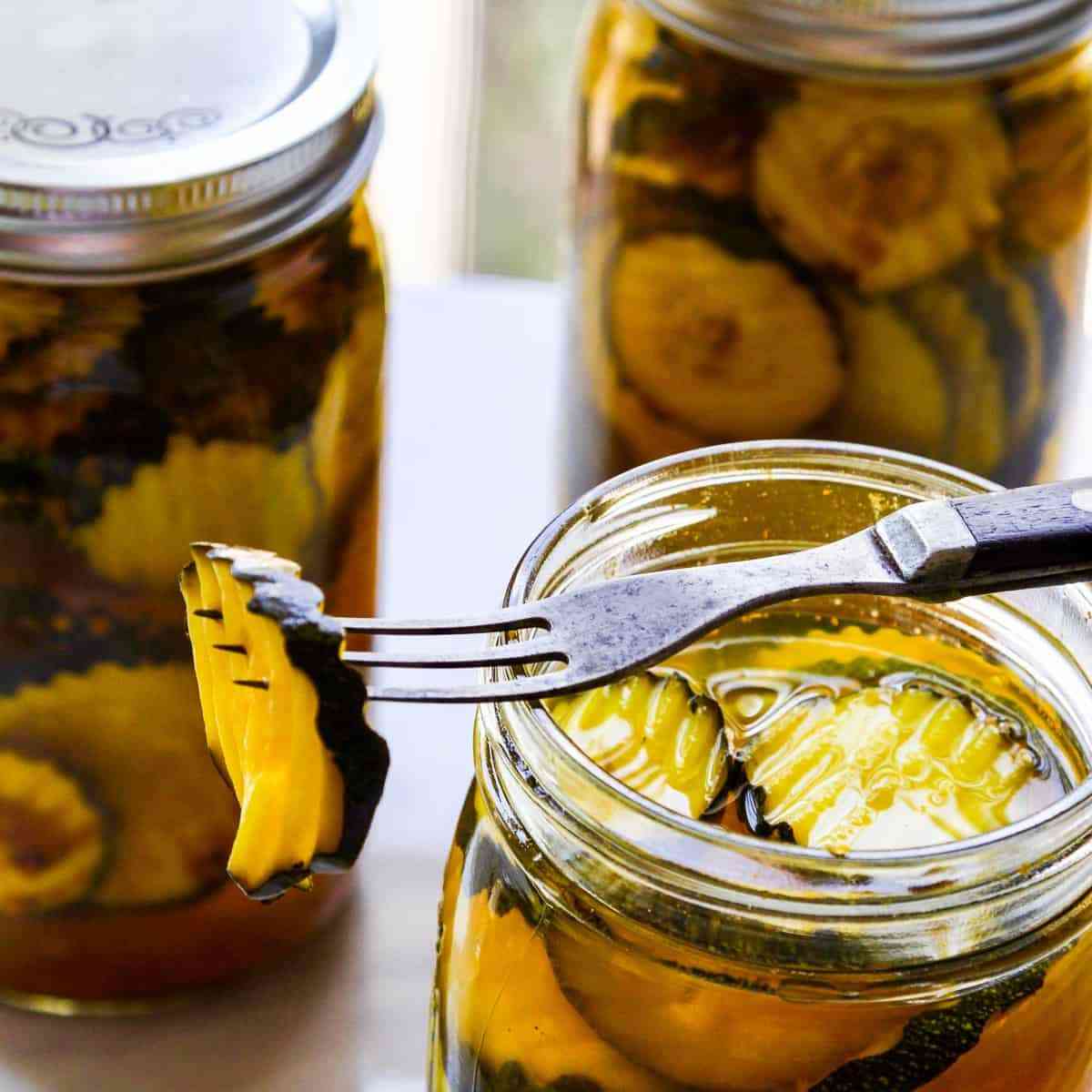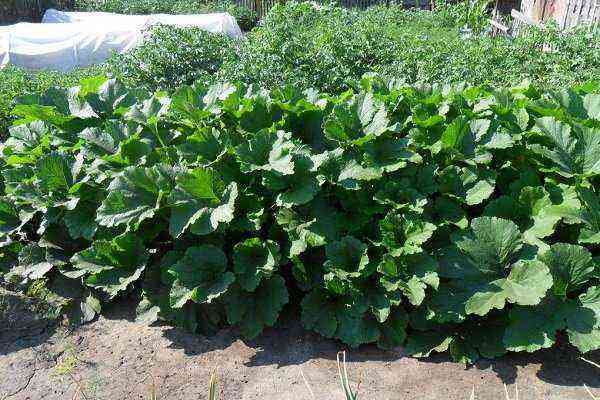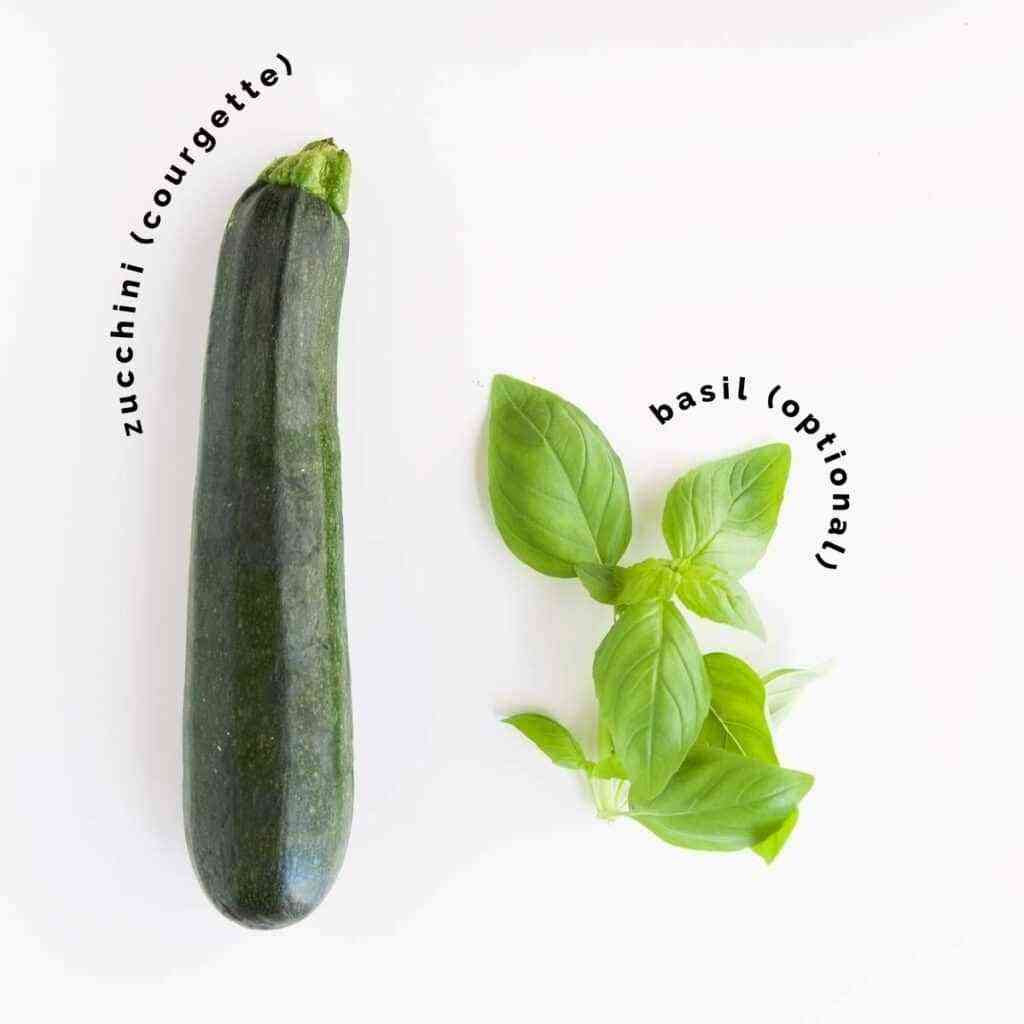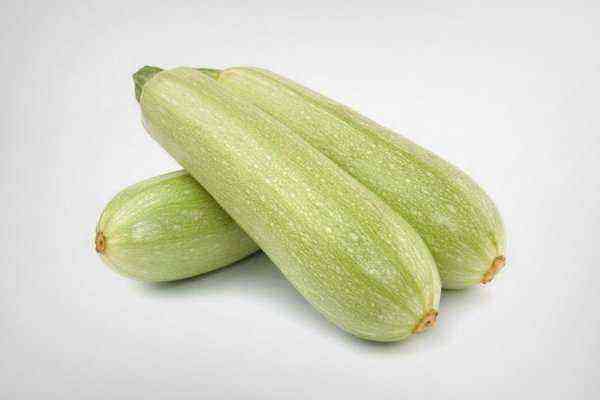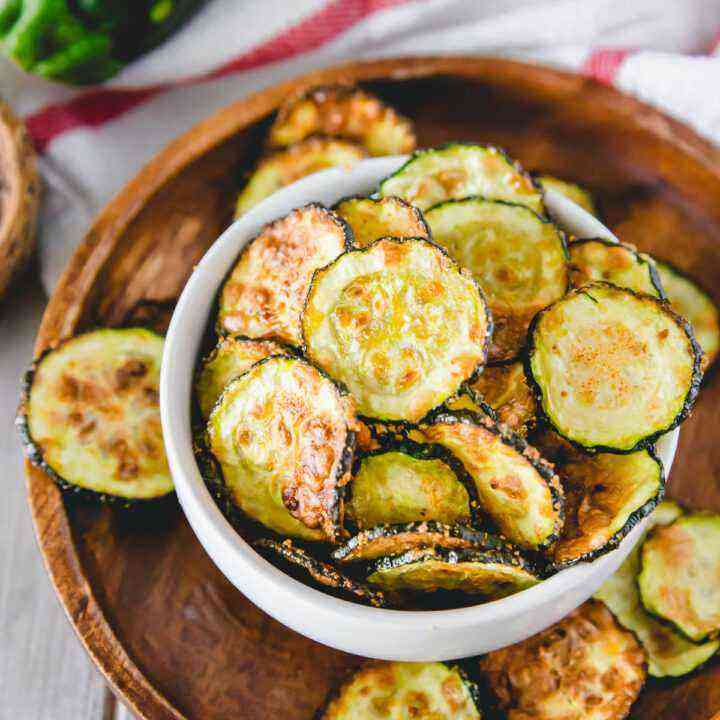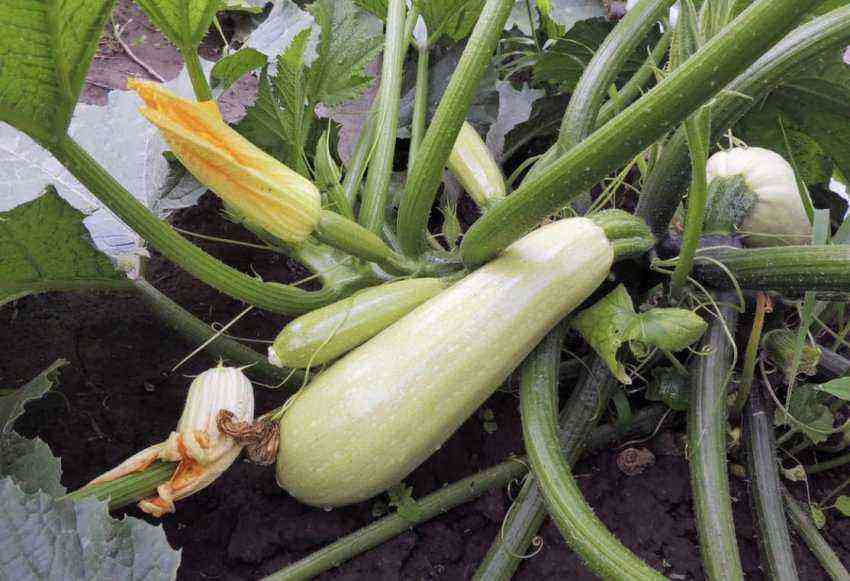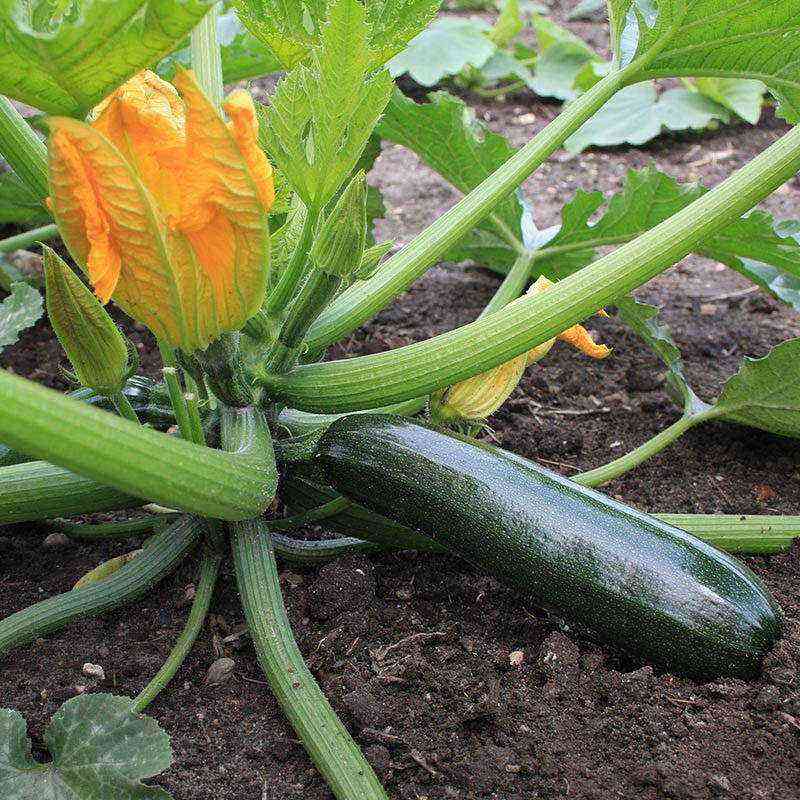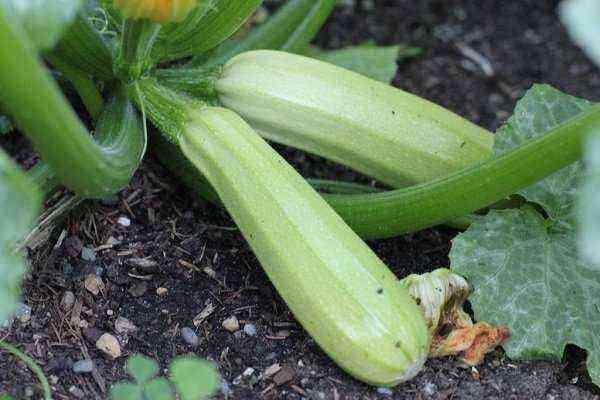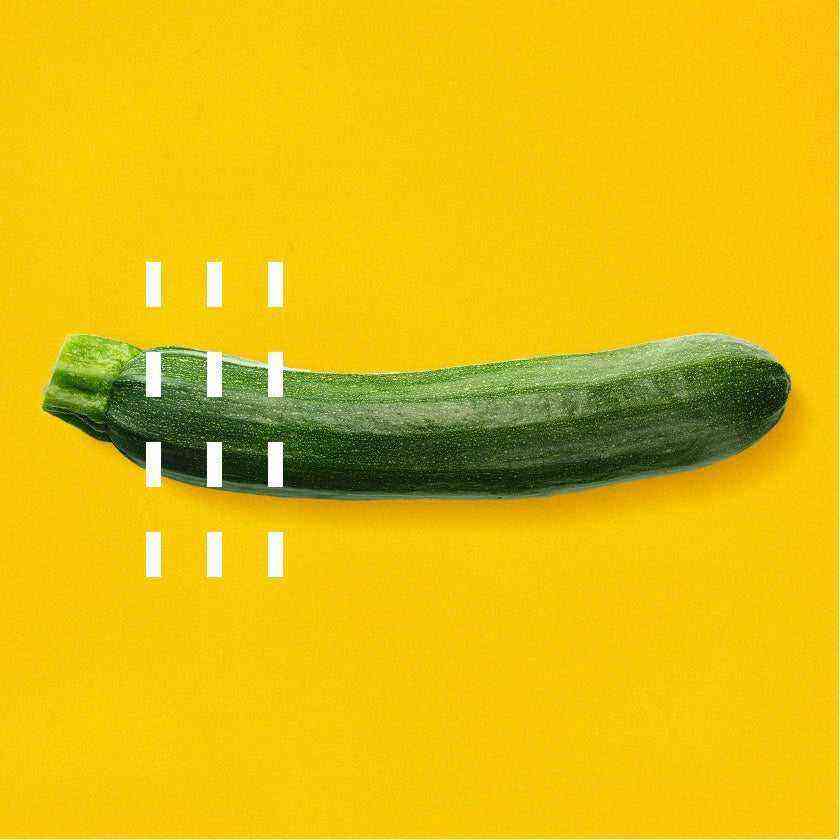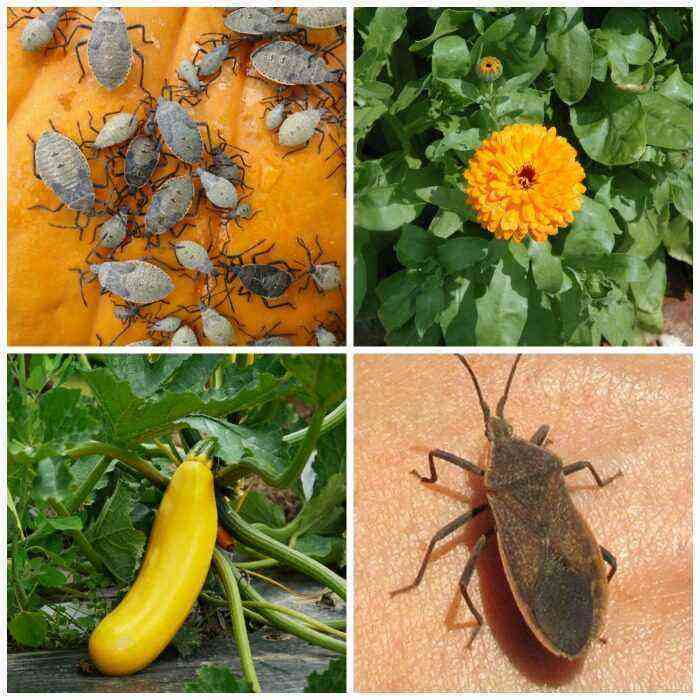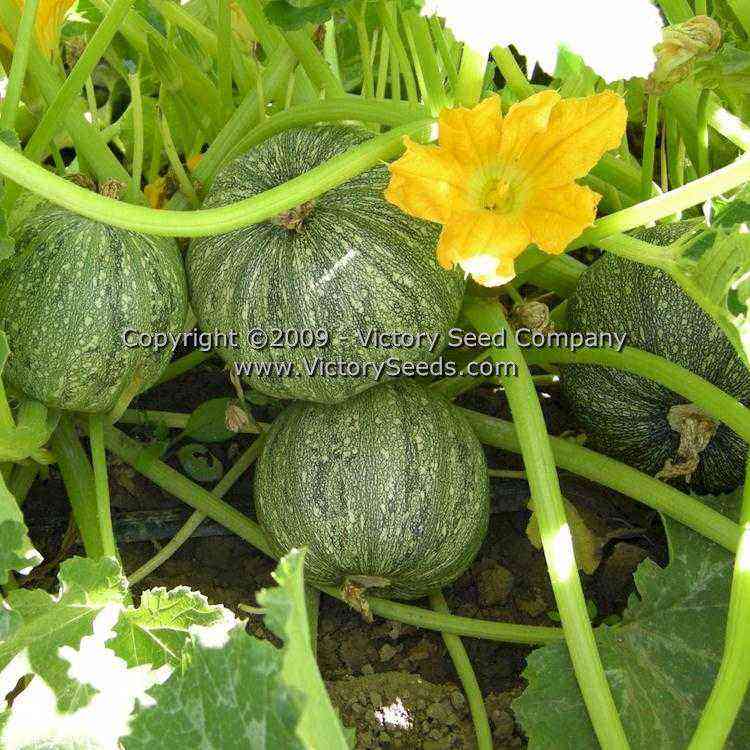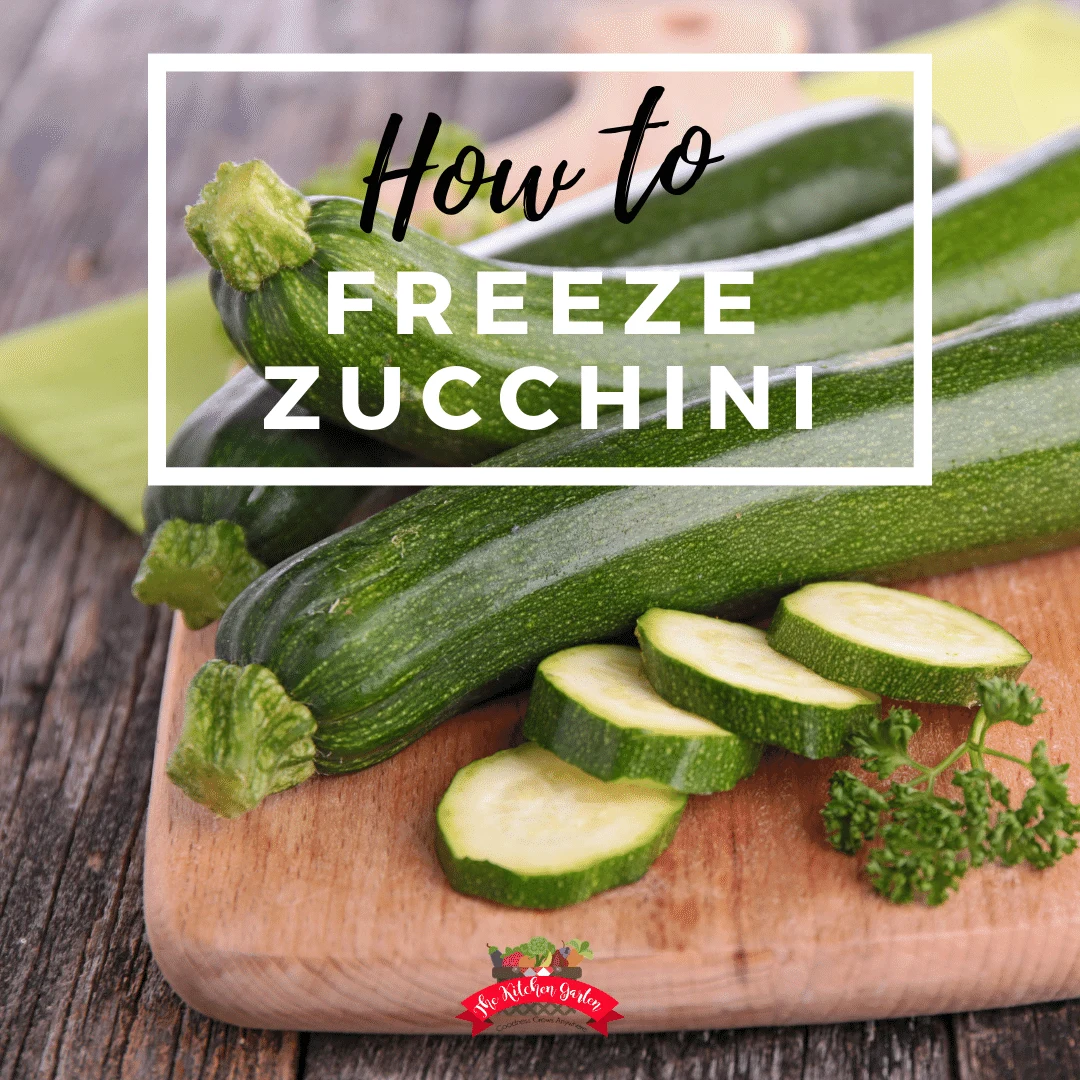Zucchini Aeronaut with an early ripening period is distinguished by the compact size of the bushes, tasty pulp and the ability to bear fruit for 2 months. It can be grown in open ground, in a greenhouse or greenhouse, not only on a personal plot, but also on an industrial scale. What you need to know about this variety, and how to properly approach its cultivation to get a good harvest, we will find out further.
Squash Aeronaut
Zucchini Aeronaut is well transported over long distances
Zucchini Aeronaut is not afraid of cold weather
Variety description
Zucchini zucchini Aeronaut (Aeronavt) appeared about 3 thousand years ago in America. The fruits were mistakenly considered poisonous, so only the seeds were eaten. In the middle of the 16th century, zucchini came to Europe, where it was grown as an ornamental plant to decorate flower beds. Only the flowers were eaten.
At the beginning of the 18th century, the Aeronaut reached Italy, where he began to be used as a product for preparing everyday dishes. It is still considered one of the most popular varieties of zucchini, so its characteristics deserve special attention:
Parameter Description Ripening time Aeronaut belongs to early ripening varieties, so the crop can be harvested 40-45 days after the first shoots appear. The fruiting period lasts from late July to early August. Pollination This squash is a self-pollinating variety, so it continues to actively bear fruit even during prolonged rains and in the absence of pollinating bees. Characteristics of the plant This squash is an artisanal variety, so it grows in bushes that, when properly planted, are stunted and compact. They can reach a height of 1 m. The bushes have a fairly short main shoot and a small number of lashes. They are covered with beautiful yellow flowers of a predominant female gender and large non-thorny leaves with a small edge, under which there are sharp growths. This must be taken into account when harvesting, so as not to be injured. Method of fruiting Fruiting is carried out inside the bush, in a plentiful bunch. The peculiarity of the Aeronaut lies in the vertical growth of the fruits, which, as it were, reach for the sun and fall to the ground only under the weight of their own weight when they reach biological maturity. Thanks to this development, the fruits are not subject to the invasion of slugs, since these pests cannot climb up to them along the rough stems. Characteristics of fruits The plant produces fruits with the following characteristics:
- weight – on average, a marketable fruit is up to 1,3-1,5 kg;
- length – at the commodity ovary does not exceed 14-15 cm;
- form – slightly dissected, aligned cylindrical, slightly narrowed towards the peduncle;
- skin – even and smooth, green or dark green with small specks, thin and shiny in young marrows, but rough and faded in mature and overripe specimens;
- flesh – white or pale yellow, juicy and tasty with delicate internal tissues and a spicy, but slightly pronounced taste.
Fruits with similar characteristics are not afraid of cold weather and perfectly tolerate transportation over long distances.
The composition and benefits of fruits The pulp of zucchini contains about 5,2-7,0% of solids with a sugar content of 2,5-5,4%. This means that the vegetable is good for diabetics and dieters. Due to the content in large proportions of fiber and carotene, as well as vitamins A, B and C, it has the following properties:
- normalizes high blood pressure;
- reduces the risk of developing cancer;
- increases immunity, improving vision and strengthening nails, hair, teeth;
- has a diuretic effect, cleanses the body of toxins and toxins.
Scope Zucchini Aeronaut is often consumed fresh, adding to vegetable salads. It is also fried in pancakes or roasted with tomatoes and served as a side dish. For canning, the fruits are suitable only when crushed. When marinated, they do not perform well, as they acquire a grassy taste, pronounced coarse fibers and a viscous structure. As for biologically overripe fruits, they can only be used as pet food. Resistance to diseases and pests The variety has a high immunity to powdery mildew. In cool summers with little precipitation, the fruits do not need additional treatment from diseases and pests. Yield Subject to the correct technology from 1 square. m beds for the entire period of fruiting can be collected up to 7-7,8 kg of fruit. From one bush per season you can get 25-30 zucchini. Features of growing Aeronaut is suitable for growing in open ground and greenhouse. The standard scheme for planting it is from 40×50 to 50×70 cm. The recommended intervals between plantings should not be reduced, as this will lead to a decrease in fruiting, even despite the compactness of the bushes. The plant is not frost-resistant, so its seedlings are sensitive to frost. However, at the same time, they do not need high temperatures for active growth.
Zucchini seeds Aeronaut meet all the requirements of international standards and GOST RF 12260-81, since they do not contain genetically modified organisms.
Agrotechnics
To get a bountiful harvest of zucchini, before growing an Aeronaut, you need to decide on the following agrotechnical rules:
- Landing method. Zucchini can be cultivated in two ways. The first involves the germination of seeds and further transplantation of seedlings in open ground, and the second – their direct sowing directly into the soil. It is advisable to grow a crop by planting seeds in the ground if the soil temperature is +10…+13°C. Reproduction by seedlings is relevant in regions that are characterized by frosts in late May and early June, and the summer itself is cool.
- Terms of planting. Seeds can be planted in the ground from April to May, but for a faster harvest and cultivation in a greenhouse, sowing can be carried out in March. If the variety is cultivated through seedlings, then the seeds can be sown in early May, so that in early June, sprouts with 2-4 leaves can be transplanted to a permanent place.
- Choice of land and soil. Sunny and calm areas with fertile and loose soils characterized by neutral acidity are considered the best for the cultivation of this crop. Zucchini grows well on loamy and moderately fertilized soils. A good harvest can also be obtained on structural black soil. At the same time, Aeronaut is indifferent to floodplain and moderately saline soils, but grows poorly on acidic soils.
- Crop rotation. The best predecessors for zucchini are:
- root vegetables (beets, celery, radish, carrots);
- cabbage;
- bow;
- potatoes;
- corn or annual grasses.
Aeronaut should not be planted after other varieties of zucchini for 2 years. Other representatives of the Pumpkin family and beans cannot be its predecessors either.
It is not recommended to grow zucchini near pumpkins, as cross-pollination can lead to poor seed quality.
Preparatory measures and planting zucchini
The Aeronaut variety is unpretentious to growing conditions, but in order to get a good harvest, it is important to properly prepare the seeds and soil for planting, as well as correctly place the bushes on your site.
Soil enrichment
The site must be cultivated in autumn and spring, as well as immediately before planting zucchini. This is a necessary condition for a significant reduction in the population of weeds and pests. Here are the jobs you need to do:
- In the middle of autumn, dig or plow the ground: light gerbils to a depth of 21-25 cm, loam – 24-26 cm, and chernozems and floodplain lands – 25-27 cm.
- Before cultivation, add fermented manure of domestic animals to the soil at the rate of 4-6 kg per 1 sq. m. It can be replaced with vegetable compost in the same quantities. From mineral fertilizers, fertilizing with a content of nitrogen and potassium (up to 60-80 g per 1 sq. M) is preferable. In areas with too acidic soils, such fertilizers should not be applied, but artificial liming with wood ash or ash should be done.
- In the spring, loosen the earth again, but to a depth of no more than 15 cm. If fertilizers were not applied to the soil during autumn cultivation, then in the second quarter the plot must be fed at the rate of 10-15 g of superphosphate, 5-7 g of potassium salt and 7 g of ammonium sulfate per 1 sq. m.
- Harrow the plowing with a rake to a depth of 10 cm. Carry out this procedure 2 times – after the soil has dried and before planting. Thanks to this, you can immediately perform several tasks – to destroy the root systems of weeds that have survived the winter, to retain moisture in the soil and warm it well.
Light soils can be worked once before sowing and to a depth of no more than 6 cm.
Seed preparation
Before planting, it is required to properly prepare the planting material in order to check it for germination and stimulate active growth. To do this, you can use the following methods:
- select large and full-bodied seeds, which are soaked in warm water for a day and dried;
- germinate 10-20 seeds on a damp cloth, and when microscopic sprouts appear after 3-5 days, transplant them into the ground;
- soak the seeds for a day in a 0,05-0,1% solution of potassium permanganate or a 0,05% solution of boric acid in order to develop immunity to fungal and bacterial infections during germination.
Planting seeds
If zucchini is grown in seedlings, then the seeds must be sown in separate pots, since this crop does not tolerate picking. As a nutrient composition, you can use a mixture of humus and peat. Before planting, it should be poured with warm water (20 ° C). In each cup, you need to throw 1 seed, and after planting, cover the soil with a film or glass until the first shoots appear.
In the process of growing, seedlings should be regularly moistened and kept in a warm, bright place. After 20 days, it can be transplanted to a permanent place at the rate of no more than 13 bushes per 10 square meters. m. It is desirable to arrange the variety according to the principle of a square, keeping 40-50 cm between the holes, and 50-70 cm between the rows.
If the seeds are immediately sown in open ground, then the planting pattern remains the same, but they need to be deepened by 5-7 cm in light soil and by 3-5 cm in dense soil. The optimum ground temperature is 20°C. If it is not sufficiently moistened, it can first be poured with warm water at the rate of 200-300 ml per well. Seed consumption – 4-6 g per 10 square meters. m or 3 pieces per furrow. After planting, the hole should be covered with earth and lightly compacted.
landing care
For zucchini, you need to organize competent care, which consists in carrying out a number of agrotechnical measures. They need to be given special attention from the moment the first shoots appear. As a rule, the plant produces them 7-10 days after planting.
Watering
Zucchini Aeronaut is a moisture-loving plant, so drying out the soil is bad for its yield. At the same time, excessive accumulation of moisture in the fruits should not be allowed, since this will negatively affect their quality characteristics and shorten the shelf life.
During the growing season, the plant must be watered three times – before the flowering stage, in the phase of primary fruit formation, in the process of fruiting. You need to use warm settled water, which during irrigation activities must be poured under the root of the plant. It grows in bushes, so there will be no difficulties. Watering is best done in the evening or morning.
Soil treatment
Throughout the growing season, it is necessary to weed the area 3-4 times to destroy weeds. It will be much easier to deal with them after the full formation of the bushes.
The first hilling is desirable to be carried out 10-15 days after planting in order to ensure the active development of the root system. It is equally important to lightly loosen the soil once every 1 days. This procedure is best done a few hours after watering or rain.
When weeding and cultivating, you must act very carefully so as not to harm the roots of the plant, located almost on the surface of the soil.
Feeding and warming
During the growing season, zucchini should be fed several times, using nitrogen-containing preparations and organic fertilizers for this. The optimal feeding scheme is presented in the table:
No. of top dressing Application period Composition 1 In the phase of appearance of 2 true leaves Infusion of cow manure (4 kg per 10 l of water, leave for 10 days) is applied under the root of the plant at the rate of 0,5-1 per bush. 2 Primary bush formation The same infusion is used as for the first feeding, but the solution can be fresh. 3 Bud formation and flowering It is necessary to mix 10-15 g of ammonium sulfate, 10-20 g of superphosphate and 5-10 g of potassium salt to treat 1 square. m beds. The composition can be used in conjunction with watering or sprayed around the plant. 4 Fruiting Mix 10 g of superphosphate and 15 g of potassium sulfate in 30 liters of water. Apply with watering or after rain.
When growing zucchini, fresh manure should not be introduced into the holes, as this will lead to an excessive growth of green mass in the plant and the development of numerous root diseases.
Attention should also be paid to the temperature regime. The optimum temperature for fruit development is +18….+22°C. If it drops below + 10 ° C, the planting should be covered with plastic wrap or the tops of plastic bottles to prevent damage to seedlings and leaves.
Thinning
In phase 2 of the first true leaves, thinning should be performed, leaving the strongest shoots. Excess sprouts must be carefully cut off above ground level, but not pulled out, so as not to harm the overall root system of the plant. It is not worth pitying weak specimens, since a stronger plant will not allow them to develop during growth.
As for pinching, it is not required for the Aeronaut zucchini, since the fruits form on the central trunk. Large leaves do not need to be removed as they do a great job of controlling weeds, providing shade for the roots and preventing them from drying out. The only intervention that is permissible is to remove leaves during watering that begin to rot.
Protection against diseases and pests
In the case of a cool summer with moderate rainfall, the plant does not need preventive treatment with chemicals. However, in wet weather, the fruits can be attacked by various parasites that will damage their thin skin, break the integrity and provoke rot. Metaldehyde granules, which need to be spread around the bushes, will help get rid of them.
In wet weather, the plant can be affected by fungi. In the fight against them, the drug Fitosporin will help. It is a biological fungicide that is completely safe for humans and livestock.
In order to prevent the development of fungal diseases, in cloudy weather it is necessary to remove rotten ovaries that have not pollinated in a timely manner.
Harvesting
Fruits are considered edible when they reach a weight of about 1-1,3 kg and a length of up to 13-16 cm. With further development, they will begin to lose their taste, so they will either have to be disposed of or fed to pets. Thus, zucchini must be harvested before they are overripe and sink to the ground under the weight of their weight. They must be collected regularly with an interval of 2-3 days.
Pros and cons of the variety
As the positive properties of the zucchini Aeronaut, it is necessary to highlight:
- early ripening;
- active fruiting even in cool summers;
- relative frost resistance;
- compactness of bushes;
- the possibility of cultivation in open ground and greenhouses;
- excellent taste and commercial qualities;
- high transportability.
As for the disadvantages of this zucchini, one can note the exactingness in timely watering and the short shelf life of the fruit.
Reviews
Sergey Trofimovich, 52 years old. I grow zucchini Aeronaut with great pleasure. First, the seeds germinate well. Secondly, the fruits are juicy and fit perfectly into the wife’s diet. Separately, I note that the variety belongs to bush plants, so it takes up very little space in the garden. Given that I have limited space, this is an important criterion. Galina Petrovna, 47 years old. The variety is very pleased with the yield – from one bush I consistently get at least 27 zucchini. I urge them to collect them in time, because when they are overripe they become unfit for human consumption. I grow zucchini in open ground in late April – early May under plastic wrap. I take it off with the appearance of the first leaves, as a rule, in June. The rest of the plant care is classic. Karina Grigorievna, 56 years old. I have diabetes, so not everything I can eat, but Aeronaut zucchini is an exception. I grow them myself every season and treat myself to excellent light dishes for several months. The variety is unpretentious in cultivation and is rarely attacked by pests. In cool seasons, I cultivate through seedlings, but I got an excellent harvest even with direct sowing of seeds in open ground. I recommend to everyone.
The characteristics and experience of growing the Aeronaut are explained in the video below:
Zucchini Aeronaut is a compact and fruitful variety without lashes, which, due to its small size, can be grown even on a balcony. Subject to the correct planting scheme and proper care of the plant, about 30 fruits can be collected from one bush. They are cold-resistant and resistant to diseases, they perfectly tolerate transportation.
